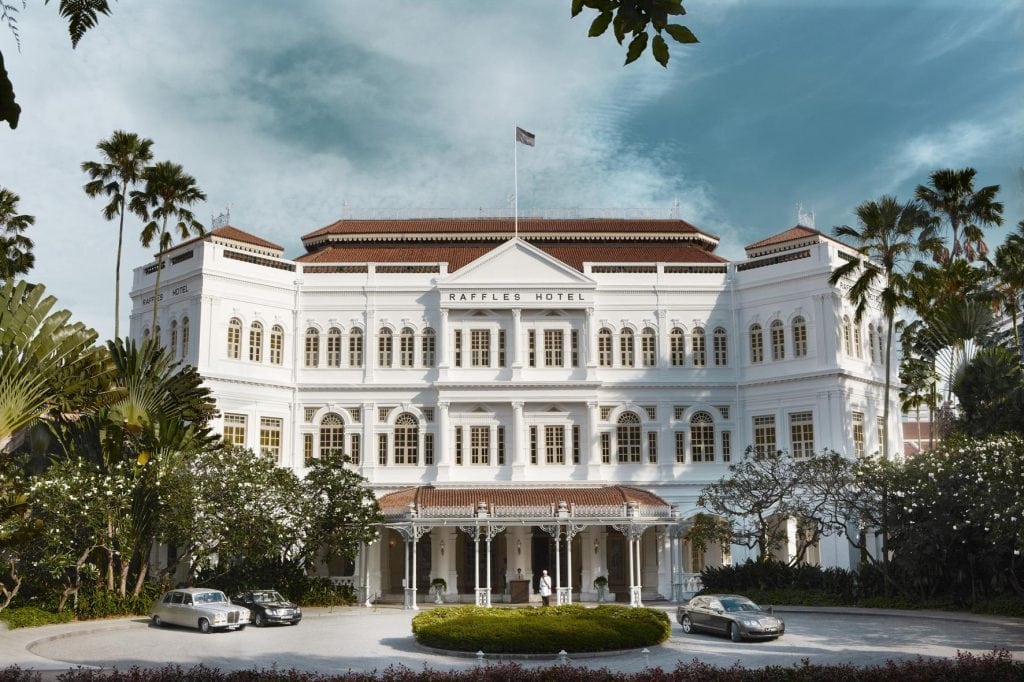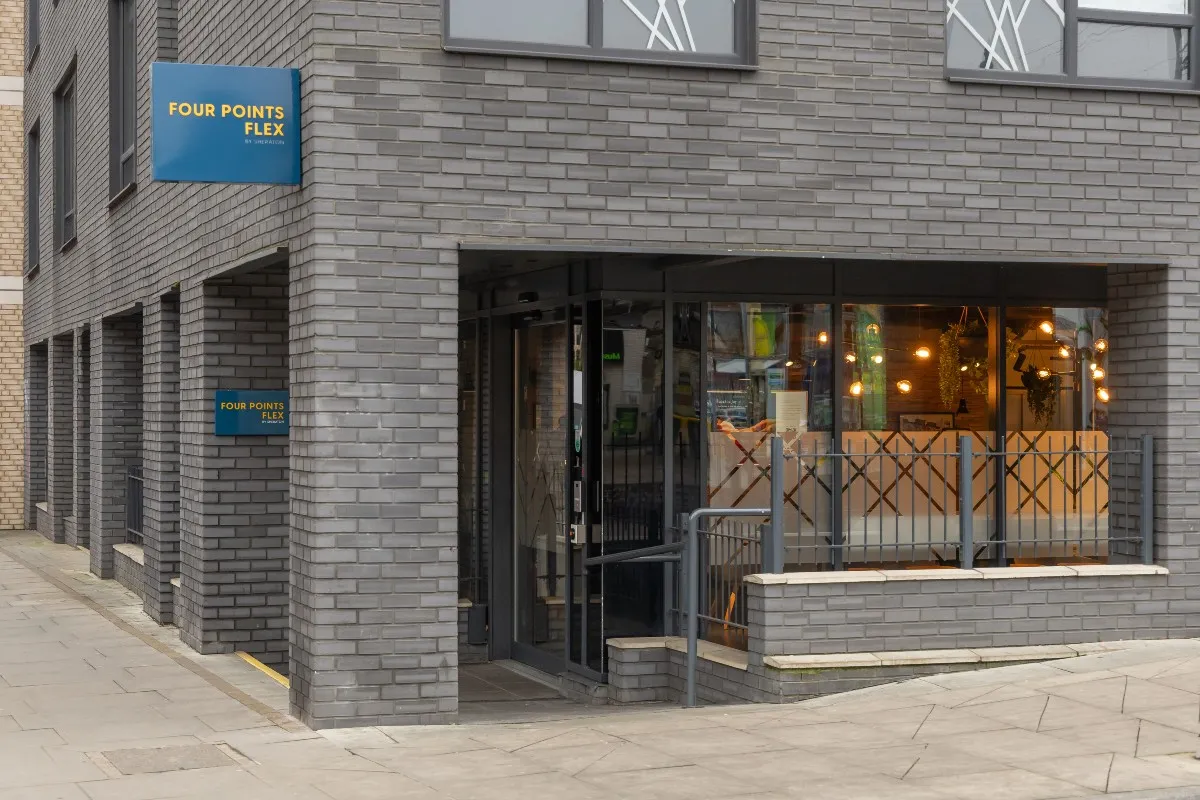How a Restored Raffles Hotel Will Target a New Generation of Luxury Travelers

Skift Take
There are only a handful of hotels that have been international icons for more than a century. Raffles Singapore certainly belongs on the list.
Since last February, the all-suite hotel, and birthplace of the Singapore Sling, has been undergoing a phased renovation and has been fully closed since December. It will open again later this year with new suite categories, refreshed dining concepts and a new lobby designed to be a living room for guests and neighbors alike.
Declared a national by Singapore's government in 1987, the 131-year-old Raffles “is considered a national treasure by Singaporeans who deeply value its historical significance and unique heritage," said Kershing Goh, regional director, Americas for the Singapore Tourism Board.
International travelers also cherish the hotel's history. "Raffles Singapore was the place to be seen," said Kimberly Wilson Wetty of Valerie Wilson Travel, "and I have no doubt that with the renovation, it will be the place again, as the heritage of service, ambiance and charm will be reborn."
Anthony Lassman, who heads up high-end travel consultancy Nota Bene Global, also applauds the renovation. "In this highly competitive era, hotels cannot rest on their laurels. When the time is right, redesign and refurbishment of obsolete interiors becomes a necessity," he said.
Alexandra Champalimaud, a member of the Interior Design Hall of Fame, has the responsibility of updating the hotel. She is president and principal designer at New York-based Champalimaud Design, a firm founded in Montreal. Back in her Canadian days, among Champalimaud’s first projects were the Chateau Frontenac in Quebec City and the Queen Elizabeth in Montreal.
"The challenge is maintaining a balance between what’s old, what needs to be maintained," said Champalimaud, "while being forward-thinking in giving new life to an historic place so that it can be current, and well-loved and wanted to be lived in."
For example, in the suites, there was the matter of adding things like soundproofed windows, improved lighting and accessible sockets. “These modern installations have to be done discreetly,” said Champalimaud, “without losing the essence of what was there.”




